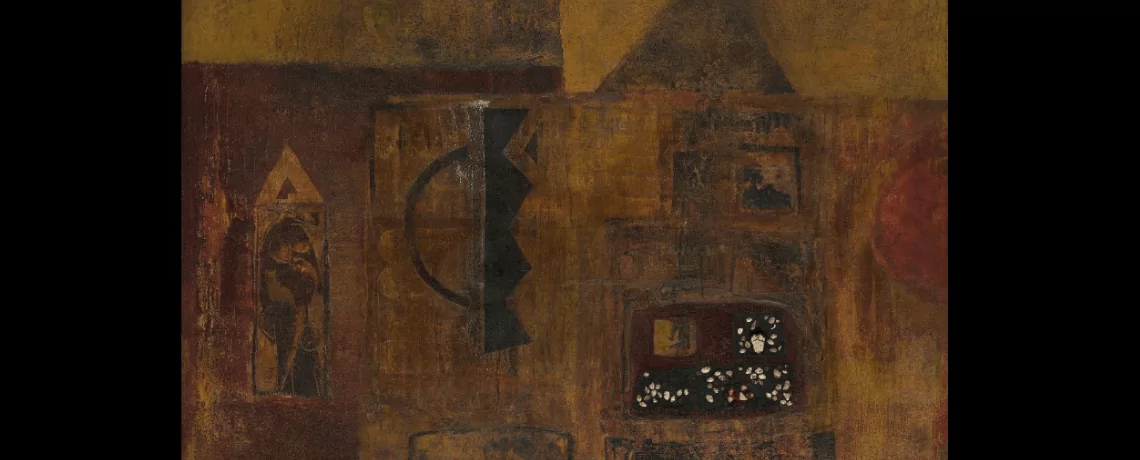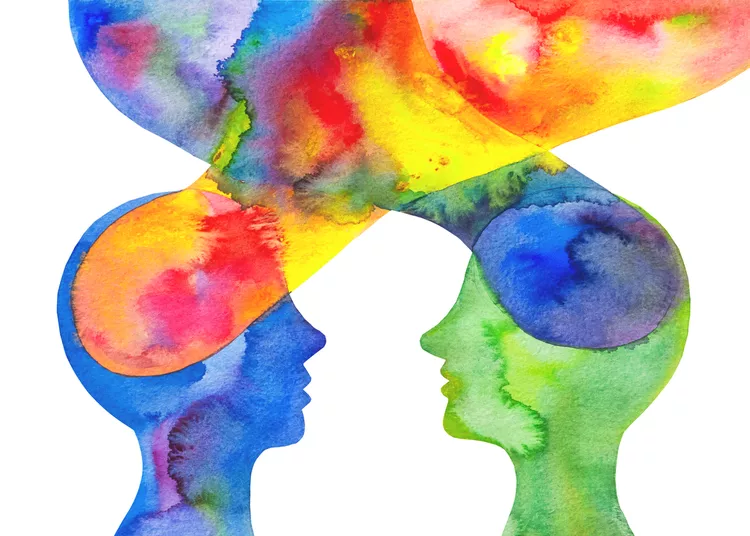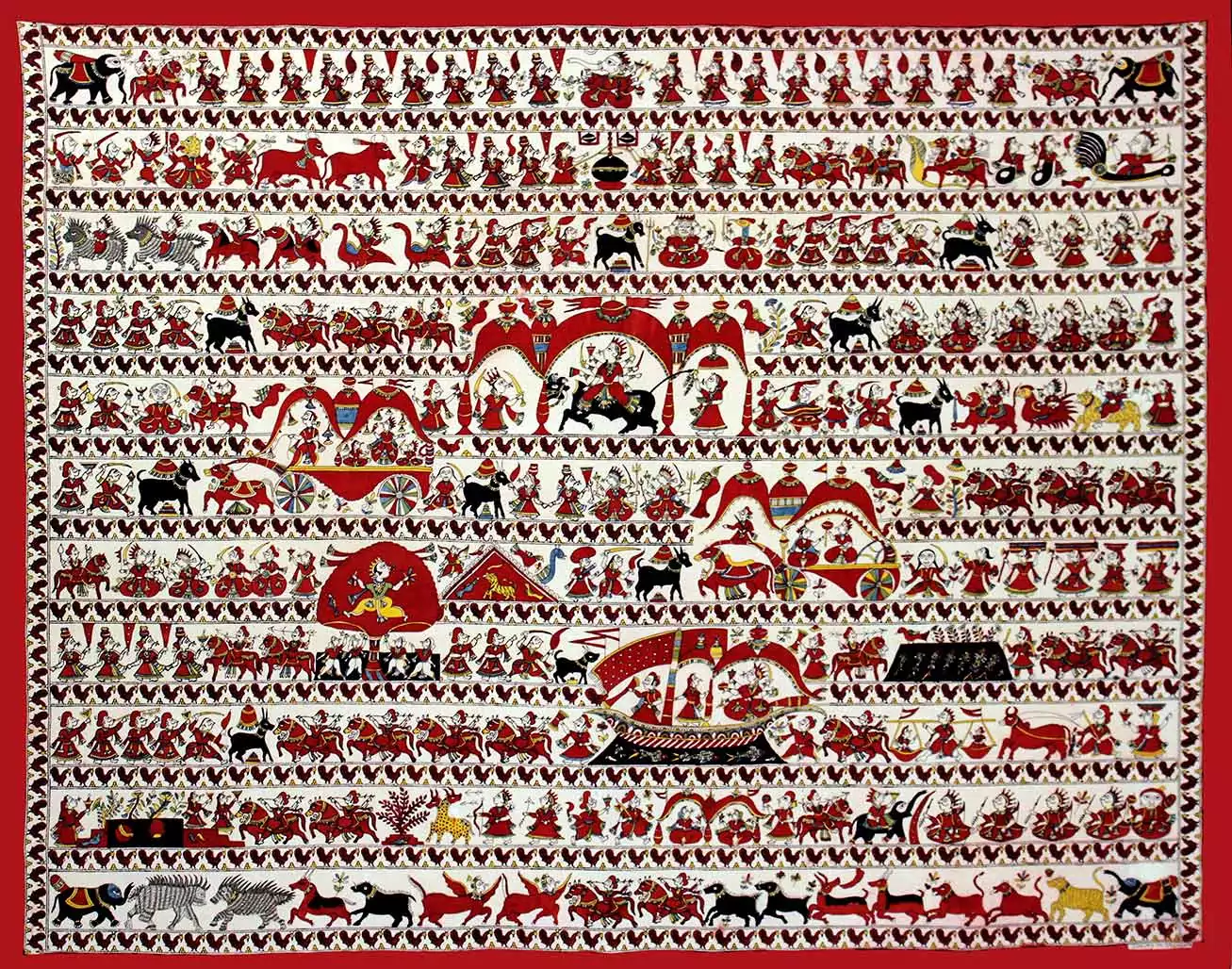Jagdish Swaminathan, most commonly known as J. Swaminathan, was born in Shimla on June 21, 1928. He is renowned as a contemporary Indian painter and activist as well as having aided the international recognition of tribal painters from the Gond and Bhil tribes. He played a role in the establishment of the Bharat Bhawan, a multi-art complex in Bhopal, in 1982, and served as the director of its Roopankar Art Museum till 1990. He joined the Communist Party of India in his early years and remained a member till the middle of the 1950s while working as a journalist and art critic for Left magazine.
The vivid artwork created by the Gond tribe in India is well-known among art connoisseurs. Animals, flora, and sceneries from everyday life are shown in their work in a vibrant, highly patterned manner akin to native art. J. Swaminathan’s initiatives to promote Gond tribal art led to the art’s later widespread use not just in India but also on a global scale.
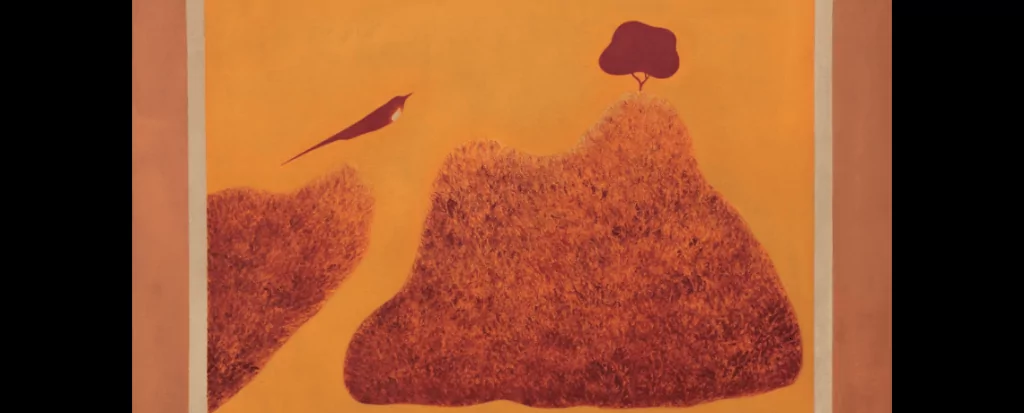
Early Inspirations for Gond Paintings
Since each and every house is built or rebuilt using local colours and materials like charcoal, coloured soil, plant sap, leaves, cow dung, limestone powder, etc., pictorial art on walls and floors has been a part of Gond domestic life. Tattoos or stylized human and animal figures make up the images. The Gonds have tended to be reduced to manual labour over time as a result of the decline in agriculture and social patronage. Natural pigments were employed before mass-produced paints were accessible, and the tribe’s artwork was rarely if ever printed on paper.
Establishment of Bharat Bhavan
The Bharat Bhavan art centre in Bhopal, Central India, was founded in the early 1980s with the goal of creating a shared venue for various modern art practices. J. Swaminathan was passionate about promoting the artistic manifestations of India’s rural and tribal civilizations, and served as the mission’s leader. Young artist groups were encouraged by J. Swaminathan to travel to rural areas to research these expressions. A group of these painters came across a masterful wall painting in the village of Pattangarh while on the road. It had been created by Jangarh Singh Syam, a seventeen-year-old manual labourer who would go on to become a legendary figure in the history of Gond painting.
Changing Picture of Gond Tribal Art
At Bharat Bhavan, Jangarh Singh Syam’s creative practice underwent substantial modifications. He was given access to a wide range of storylines thanks to his heritage in traditional music and storytelling, which he expressed and translated into paintings. This was a unique instance of contemporary Indian art where a traditional or folk artist successfully used new mediums and instruments including canvases, acrylic, oil, and pens to produce unexpected effects. Jangar’s artwork began to appear in numerous galleries throughout the world and was well acclaimed. More than a hundred painters from the Pardhan (Gond) community worked on their paintings between the middle of the 1980s and 1995
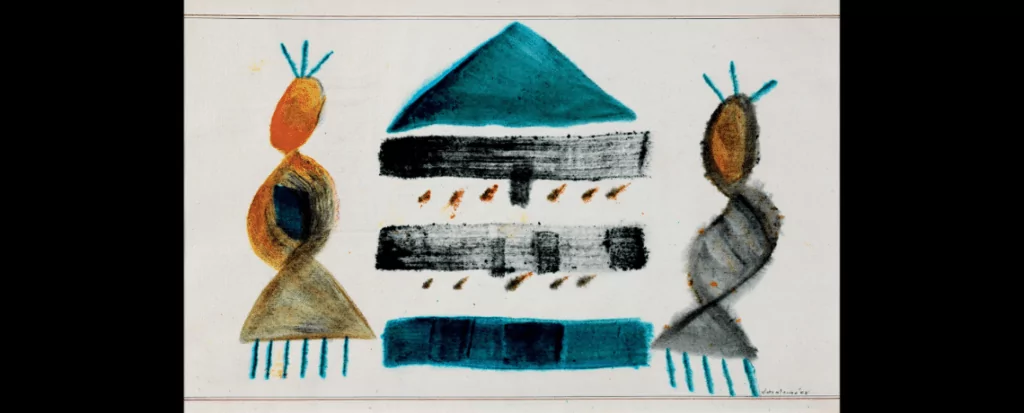
By giving their myths, stories, fables, tattoos, and music concrete visual forms that had hitherto been hidden from “mainstream” society, these artists developed a new visual lexicon. The historically marginalised gained a foothold and momentum in the nation’s narrative, and creative energy soared with the rise of individualism in a previously collective society. It was a paradigm change in culture. Images that were copied from oral histories took the form of flying birds, slithering snakes, or sprouting trees and floated to the beat of the music in a variety of inventive permutations.
The Gond painters have created their own tools over time to use with a variety of modern mediums and materials. To begin, they would create dots and estimate the visual volume. Connecting these dots would create an outside shape, which would then be filled with colours. Every object people see in life undergoes an aesthetic transformation as a result of their reactions to the current social context and environment.
Conclusion
An ancient art that has been practised in India for more than 1400 years now has heritage value. J. Swaminathan was the first to recognise Jangarh Singh’s artistic brilliance and capacity to fundamentally alter how Gond tribal art was perceived. Every work of art and every artist has the capacity to influence and shape society. Indian tribal communities have indelible cultural worth. By preserving the artwork from these varied communities, we should assist the tribal artists in maintaining their inherent talent and, if feasible, provide them with employment options.
Interested in learning Gond Art? Join Rooftop’s online workshops and courses. Download the Rooftop App from GooglePlay or AppStore and enroll today!

